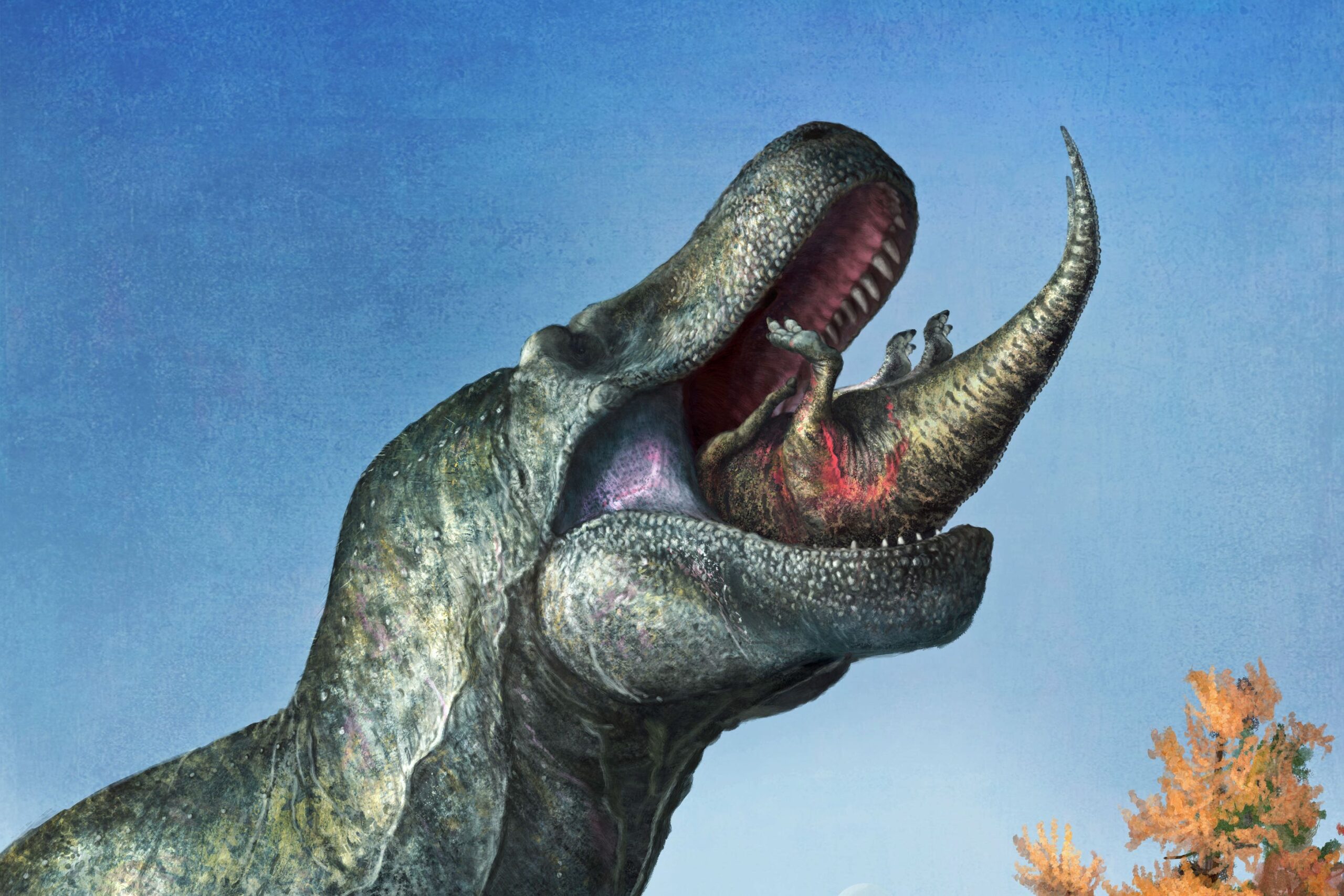Dinosaurs have captivated the human imagination for centuries, igniting a sense of wonder about the ancient world that existed long before humans set foot on the Earth. These colossal creatures, their mysterious ways of life, and their eventual extinction continue to present a fascinating puzzle for scientists and enthusiasts alike. However, while dinosaurs reign supreme in popular culture, they were merely one type of animal inhabiting a particularly dynamic era of our planet’s history. In this exploration, we will delve into the broader ecosystem of prehistoric life, examining not only the behemoths of the Mesozoic era but also the diverse multitude of other organisms that coexisted alongside them, thus painting a comprehensive portrait of who truly ruled the ancient world.
To grasp the magnitude of these prehistoric titans, it is crucial to understand the geological epochs during which they thrived. The Mesozoic Era, dubbed the “Age of Reptiles,” spanned approximately 180 million years, encompassing three significant periods: the Triassic, Jurassic, and Cretaceous. During this time, dinosaurs evolved into a myriad of forms—each uniquely adapted to their environment. This dynamic realm was not just a kingdom of dinosaurs; it also included an array of flora and fauna that interacted in diverse ecological niches.
The Triassic period, the earliest of the Mesozoic, marked the emergence of the first true dinosaurs. This epoch followed the Permian-Triassic extinction event, which decimated about 96% of marine species and 70% of terrestrial vertebrates. The world was in flux, and amidst this change, the first dinosaurs appeared, thriving in a landscape dominated by amphibians and early reptiles. Early Triassic dinosaurs, such as the agile Coelophysis, showcased unique adaptations that allowed them to exploit ecological opportunities previously occupied by other reptiles, underscoring the relentless march of evolution.
As the Triassic evolved into the Jurassic period, dinosaurs blossomed into a cornucopia of sizes and forms. The Jurassic is perhaps the most splendid era in the dino timeline, characterized by the emergence of gigantic sauropods like Brachiosaurus and Diplodocus, which reigned supreme as the largest land animals ever to exist. Their sheer mass and size allowed them to reach treetops, thus accessing a food source that smaller competitors could not, illustrating a system of survival rooted in adaptation and specialty.
However, let us not forget that the Jurassic was also the age of the flying reptiles, or pterosaurs, and colossal marine creatures, such as the pliosaurus. Pterosaurs, with their immense wingspans, dominated the skies, while marine reptiles like the Ichthyosaurus and Plesiosaurus conquered the oceans. The existence of such diverse life forms highlights the intricate interdependence of species within aquatic, aerial, and terrestrial environments.
As we transition into the Cretaceous period, the narrative of ancient dominion evolves yet again. This era is marked by the famous Tyrannosaurus rex, often crowned the ruler of the late Cretaceous, known for its ferocious stature and formidable teeth. Yet, a noteworthy observation surfaces: the size and ferocity of such predators only tell part of the story. Flanking the might of tyrannosaurids were the small, feathered theropods that hinted at a much different evolutionary trajectory. Birds, as we know today, descended from these diminutive and often overlooked ancestors, suggesting a resilience of life that entailed overall survival rather than mere supremacy.
Beyond the dinosaurs, an encompassing realm of prehistoric life consisted of marine life including ammonites, which roamed the seas, and vast schools of fish that thrived in the oceans’ depths. In the atmosphere, insect species flourished, with some, such as the giant dragonfly, boasting wingspans that would astonish a modern observer. This intricate web of life shows how ecosystems are rarely governed by a single ruler; instead, they thrive through resilience, versatility, and cohabitation.
Moreover, as we peer into the past, a rich tapestry of ancient flora emerges. The Mesozoic era witnessed the dominance of cycads, ginkgoes, and conifers—plants that, while not as charismatic as dinosaurs, played a fundamental role in shaping ecological dynamics. These plants provided essential sustenance for herbivorous dinosaurs and contributed to the atmospheric conditions necessary for complex life to flourish.
Several factors underline our current fascination with dinosaurs and their environment. A primary reason is our inherent curiosity about the unknown. The sheer scale and power of dinosaurs ignites fantasies of a world vastly different from our own—a world where the laws of nature manifest in extremes. The mysteries surrounding their extinction also resonate profoundly with human existential contemplation. The questions surrounding the Cretaceous-Paleogene extinction event provoke introspection regarding survival, resilience, and adaptability in the face of catastrophic change, drawing parallels to our own epoch’s challenges.
Lastly, the allure of continued discoveries in paleontology keeps the intrigue alive. Each new find—be it a fossil with exceptional preservation or a breakthrough in the study of evolutionary biology—furthers our understanding and appreciation not only of dinosaurs but also of the defense mechanisms, social lives, and attributes of countless other prehistoric organisms. As scientists excavate the sediment and uncover the past, our perspective on these ancient rulers of the Earth will continue to evolve.
In summary, while dinosaurs may loom large in the cultural zeitgeist as the undisputed monarchs of their time, it is essential to appreciate the vast ecological framework that constituted the Mesozoic era. Within this expansive tableau of life, each creature—whether a fearsome predator, a delicate pterosaur, or a humble plant—played a vital role in the story of Earth’s history. They invite us to ponder the complexity of life and the intertwined fates of all organisms that have graced our planet.
